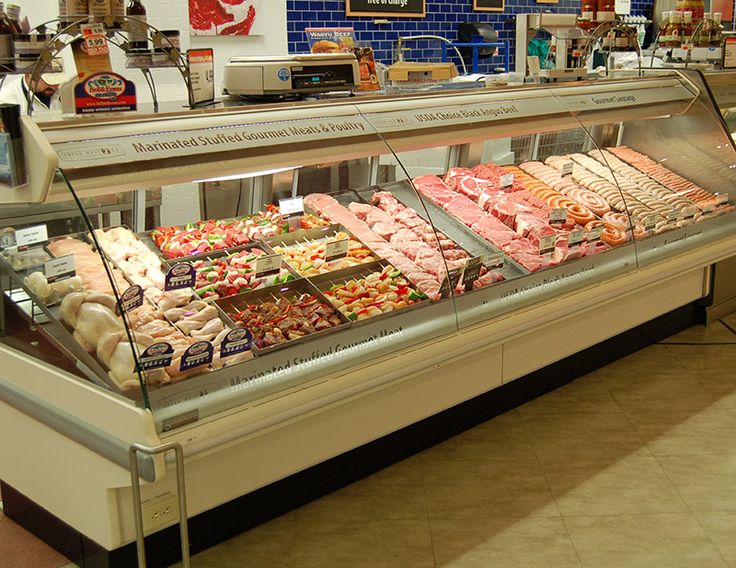The market for seafood is on the up and up. Annual revenue now tops $3 billion and market growth is in excess of 3%.
There are a few factors involved. Firstly supermarkets are actively selling it, promoting further growth, cyclically. Secondly, more of us know what to do with it now. And thirdly, as we eat less red meat, fish is seen as a great alternative.
Keeping it fresh
Seafood must be fresh, and because of its high pungency, people know when it isn’t. A quality seafood merchandiser will keep the temperature at the right degree which is between 30 and 34 degrees.
The problem with the pungent odor is that consumers will be suspicious of the entire display, so it makes sense for the fishmonger to remain on top of freshness.
Display by color
This initially seems counter-intuitive. Surely you’d sort by type as they do with meat. In fact, the cascading effect that is created by sorting by color catches the eye and is more likely to catch an impulse purchase.
Sort by price
This makes things quick and easy for the shopper. Lower priced products towards the front, higher priced at the back. The passing buyer will see things they can afford and stop to talk.

Plentiful display
The idea that there is plenty is also appealing to the consumer, so a full display makes sense. No one wants to buy the last piece. If you use shelves think of putting lighter fish higher and darker down below to create depth.
Offer ice
Remember that fish can smell quickly and the consumer will want it to arrive home with the same aroma as it did when they bought it. Giving them ice to transport the fish costs very little but will keep them coming back for more.